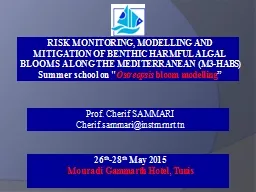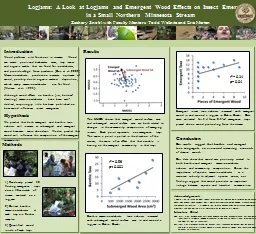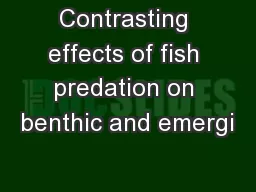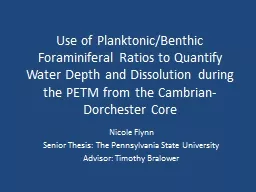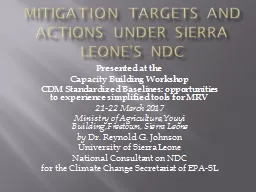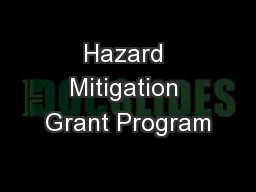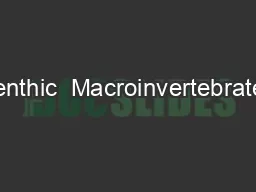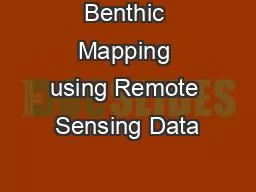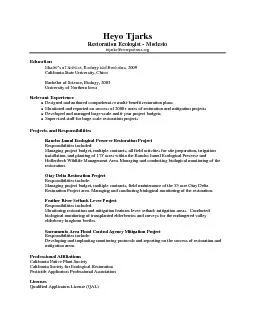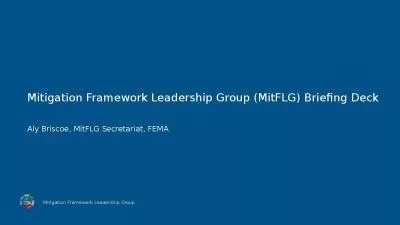PPT-RISK MONITORING, MODELLING AND MITIGATION OF BENTHIC HARMFU
Author : conchita-marotz | Published Date : 2016-12-01
Summer school on Ostreopsis bloom modelling Prof Cherif SAMMARI Cherifsammariinstmrnrttn 26 th 28 th May 2015 Mouradi Gammarth Hotel Tunis INSTITUT NATIONAL
Presentation Embed Code
Download Presentation
Download Presentation The PPT/PDF document "RISK MONITORING, MODELLING AND MITIGATIO..." is the property of its rightful owner. Permission is granted to download and print the materials on this website for personal, non-commercial use only, and to display it on your personal computer provided you do not modify the materials and that you retain all copyright notices contained in the materials. By downloading content from our website, you accept the terms of this agreement.
RISK MONITORING, MODELLING AND MITIGATION OF BENTHIC HARMFU: Transcript
Download Rules Of Document
"RISK MONITORING, MODELLING AND MITIGATION OF BENTHIC HARMFU"The content belongs to its owner. You may download and print it for personal use, without modification, and keep all copyright notices. By downloading, you agree to these terms.
Related Documents

